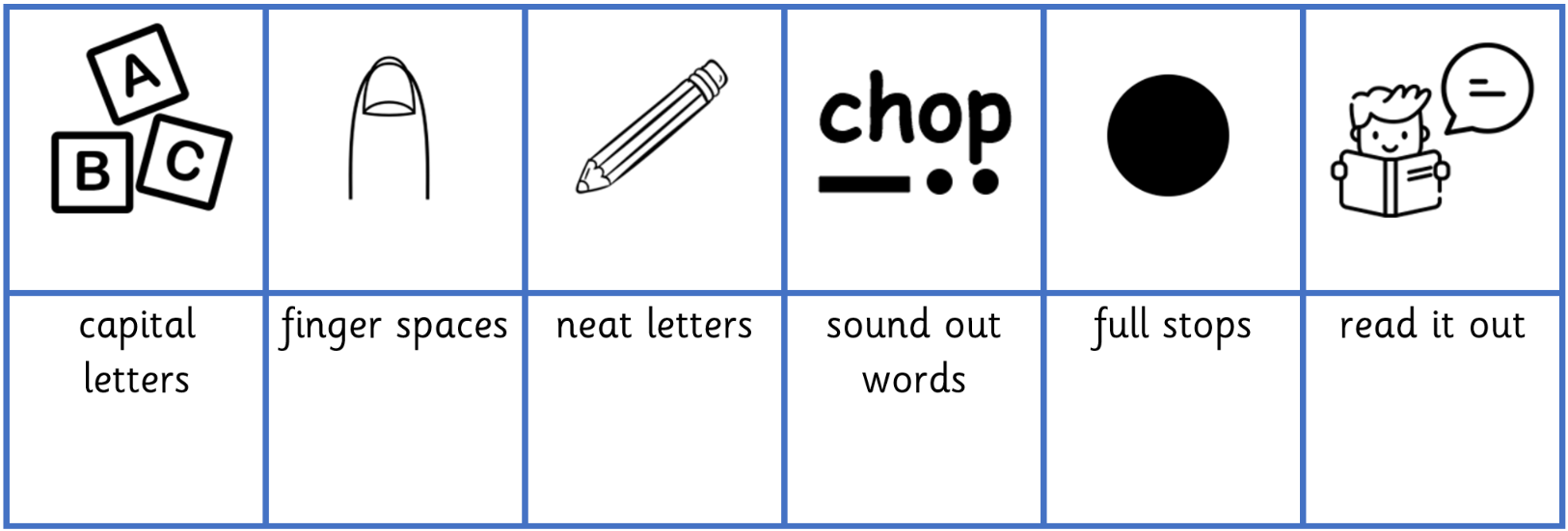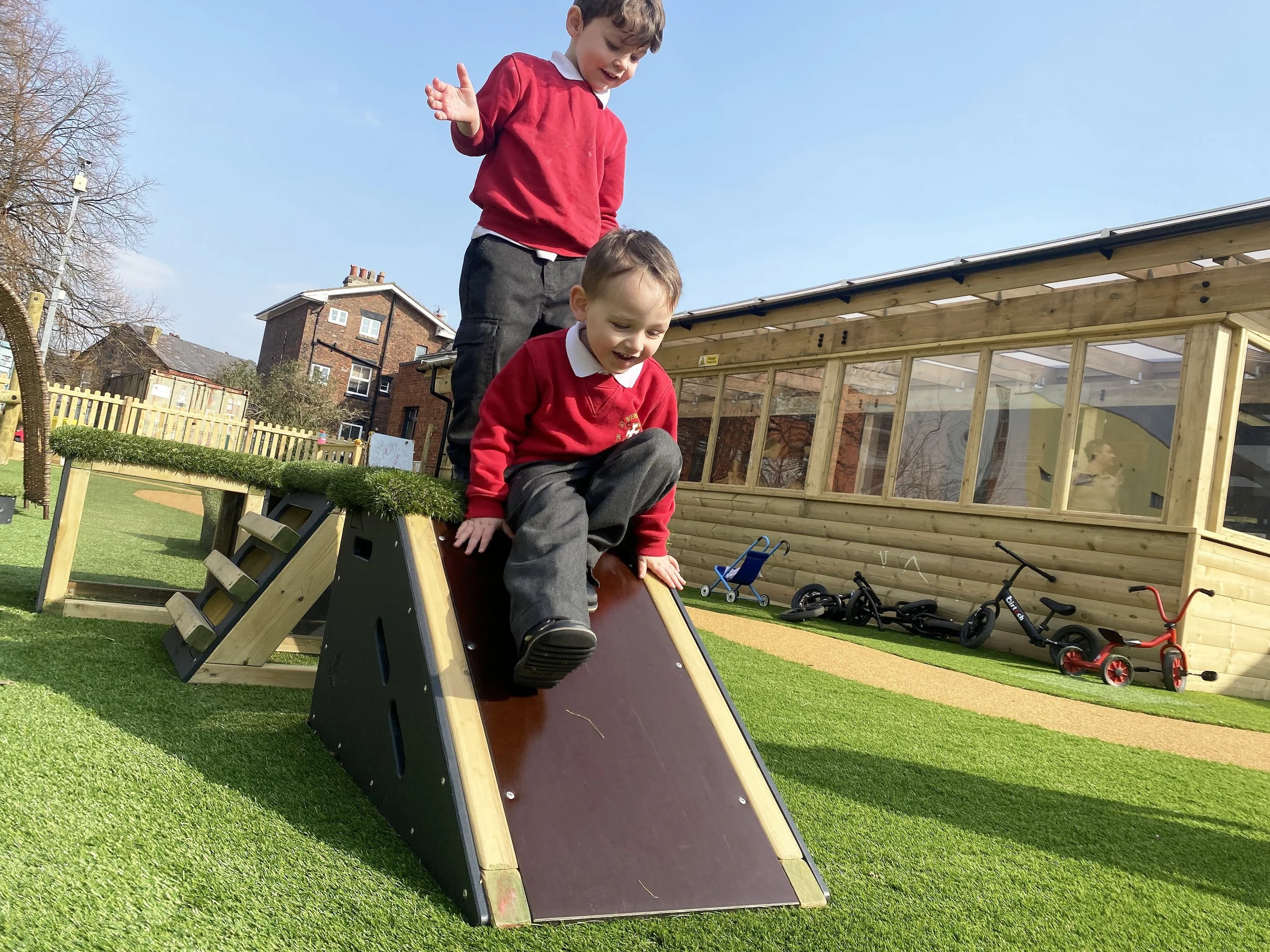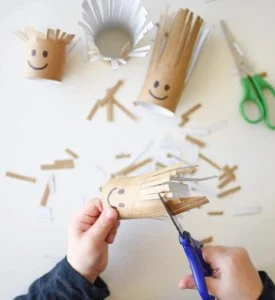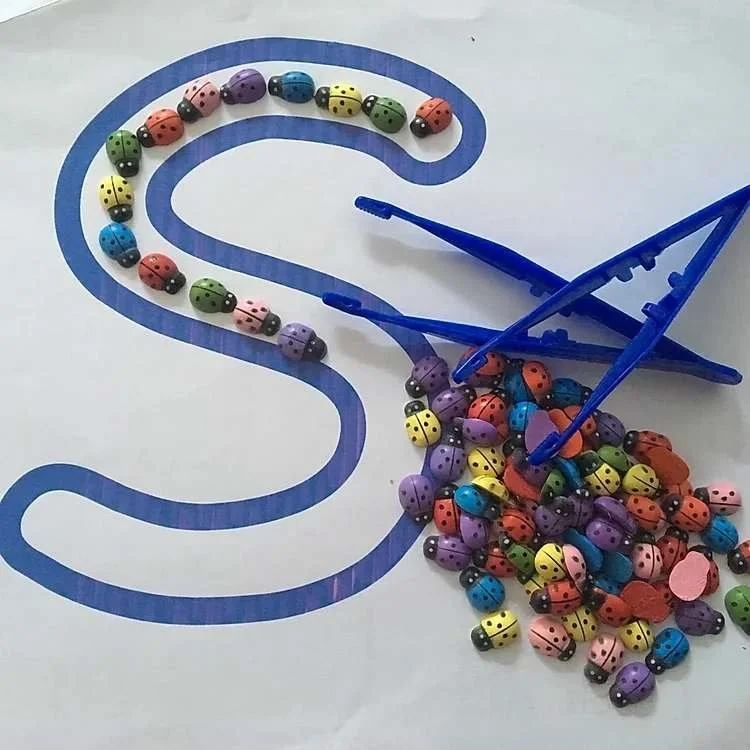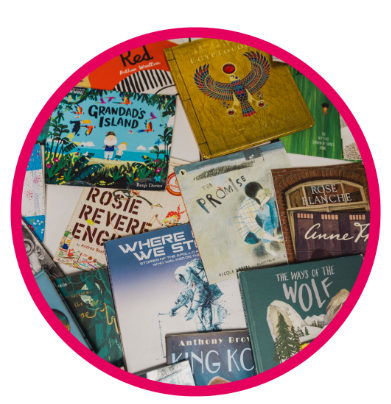
English
English Overview
Reading in Year 2 and KS2
English at St Werburgh’s Catholic Primary School
Writing at St Werburgh’s
Writing in EYFS
Learning to write is a complex process that involves learning many skills. First, children need to learn to speak, build their vocabulary and develop the fine motor coordination they will need to manipulate a writing instrument. As they grow, they need to learn about the alphabet and to make connections between spoken and written words.
Developing gross motor skills for EYFS writing
Some of the most important building blocks for writing are rooted in the development of gross motor skills — think crawling, climbing, reaching, and even hanging upside down! It's easy to focus on the hands and fingers when children struggle with writing, but strong handwriting begins with strong bodies. At St Werburgh’s we plan in daily gross motor activities in order to build each child’s core strength.
Some of our gross motor activities include using large wooden construction, using our climbing frame, writing on a large scale on our outdoor easels, riding our range of bikes.
Developing fine motor skills for EYFS writing
In EYFS at St Werburgh’s children engage daily in activities that strengthen hand and finger muscles, improve hand-eye coordination, and build upper body stability, in preparation for writing.
This includes;
Playdough- Molding and shaping playdough strengthens finger and hand muscles, which is crucial for writing.
Beading and Lacing: Threading beads or laces through cards helps develop finger dexterity and hand-eye coordination.
Scissor Skills: Cutting with scissors strengthens hand muscles and improves coordination.
Tweezers :Using tweezers to pick up small objects strengthens finger muscles and pinch grip.
Vertical Surfaces:Drawing or painting on vertical surfaces, like a paper taped to a wall, builds upper body strength, which supports handwriting.
Sensory Play:Engaging with sand, water, shaving cream, or finger paint helps children develop hand awareness and control.
Pincer Grasp Activities:Using clothespins on the bottom of a pencil to move them up and down helps develop the necessary pinch strength for a pencil grip.
Paper Craft: Ripping and crumpling paper into small pieces helps build finger strength and control.
Everyday Tasks:Involve children in activities like opening jars, cutting food with blunt knives, or making pizzas to strengthen hand and finger control.
In F2 and KS1 we use Little Wandle letter formation phrases to teach and practise letter formation.
Writing in Key Stage 1 and 2
In Key Stage 1 and 2, children continue the writing journey that began in the early years, building on the strong foundations established through our Ready Steady Write approach. As they move through KS2, pupils further develop their stamina, fluency, and confidence as writers, using rich texts as models for their own work.
Alongside our Ready Steady Write curriculum, children continue to refine their handwriting through discrete handwriting lessons using the Letter Join. They learn to write using a continuous cursive script. Each handwriting session begins with our SMART Ready to Write Procedure, reminding children of the key habits that support good handwriting:
S – Sharp pencil- Make sure your pencil is sharp enough to write neatly but not so sharp that it breaks easily.
M – Matched posture – Sit up straight, feet flat on the floor, and both hands on the table (one to write, one to steady the page). Good posture helps good writing.
A – Arm and hand ready – Warm up fingers and wrists with quick writing warm-ups such as air-writing, finger flicks, or small wrist circles.
R – Right position – Check the paper is tilted slightly and placed comfortably. The non-writing hand should hold the paper steady.
T – Take a breath, think ahead – Pause before you write, prepare your thoughts, and approach your work with focus and care.
Across the curriculum, we provide a wide range of opportunities for children to refine their writing skills and develop a lifelong love of writing. From imaginative stories and thoughtful poems to persuasive arguments and factual reports, pupils are encouraged to express their creativity and communicate with confidence. Writing is valued and celebrated in every subject, helping children take pride in their ideas and presentation.
At St Werburgh’s, we believe writing is a vital life skill — a powerful way for children to think, create, and communicate — and we are proud to nurture confident writers who use their words to make a difference.
Ready Steady Write
At St Werburgh’s we follow the award-winning, evidence-based Ready Steady Write scheme for F2, KS1 and KS2. Built around high-quality, language-rich literature, it provides a structured and sequenced approach that develops confident, independent writers across all year groups. Our writing units are carefully mapped to the National Curriculum to ensure consistent progression from early years through to Year 6.
Ready Steady Read Together is a structured, whole-class shared reading programme from Year 2 to Year 6. Designed to develop comprehension skills and support strong reading outcomes, these daily, fully resourced lessons incorporate metacognitive strategies and feature high-quality, diverse texts by exceptional children’s authors.
All children also take part in daily read aloud sessions- listening to and discussing a range of texts chosen by the children.
Children often visit Birkenhead Central Library to choose their own books and are encouraged to take part in our whole school ‘Reading Olympics’ initiative.
Reading at St Werburgh’s
Reading in F2 and KS1
The Little Wandle reading program focuses on phonics and reading development for children. Key components include:
Three Reads Model: Each session lasts 20 minutes, allowing teachers to hear every child read individually three times a week.
Decodable Books: The program features over 250 fully decodable books that align with the phonics progression.
Reading Progression: The program emphasizes reading words with contractions and understanding phonics.
Structured Sessions: Children participate in three reading sessions each week with a member of the teaching team.
Fluency Components: The program includes diverse chapter books to enhance reading fluency.
What are the three read models?
Each of the three Little Wandle reading practice sessions is a dedicated 20 minutes of reading. Teachers ‘tap in’ to hear every child read without any distraction three times a week. Every child gets individual attention, and each session has a very clear focus.
Children also benefit from repeated practice in the pre-read part of each session. It helps them become quicker at reading the GPCs, words and tricky words they will find in the book. Their language learning is supported by the introduction of key vocabulary. Teachers use the same strategies as used in the daily phonics lesson sessions which helps reduce cognitive load.
Read 1: decoding – this has a clear focus on applying phonic knowledge to word reading.
Read 2: prosody – teaches children to read with prosody, so that they learn to read aloud with appropriate meaning, stress and intonation.
Read 3: comprehension – the final reading session explores comprehension.







